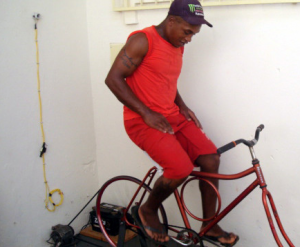July,6, 2014
I went to several courts in Fiji, Western Somoa (Somoa today) and Tonga. All had foreign magistrates (to the best of my recollection, New Zealanders), who presided over their courts at the time. I remember thinking that using foreign judges or even judges from the next village was a problem where communites were so insular, and conflicts so localized that they needed community based solutions.
I had read about the custom among the Polynesians that involved a wrongdoer’s family making amends to the victim and the victim’s family by bringing food and gifts to the family as informal family based justice, called Ifoga. It was understood that the offender’s family would take whatever measures were necessary to control the offender in the future. I was told that a family would literally camp on the neighbor’s steps until they would accept the proposed restitution. A wonderful concept and one that makes sense when the malfeasor is known and the damages relatively minor.
I was in a Somoan Court when the New Zealand magistrate was asked to accept this form of restituion in the case before him. He rejected the offer out of hand, and I cannot say I disagreed with him. The defendant had thrown a rock at a girl and blinded her in one eye. Something more than restituion was clearly called for. But the idea of bringing peace to the community by making restitution and even more importantly relying on the family itself to control the miscreant had an authentic ring to it.
…………………………………………………………………


